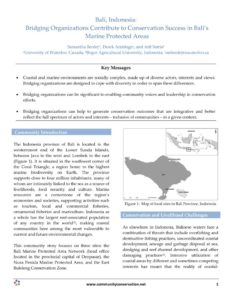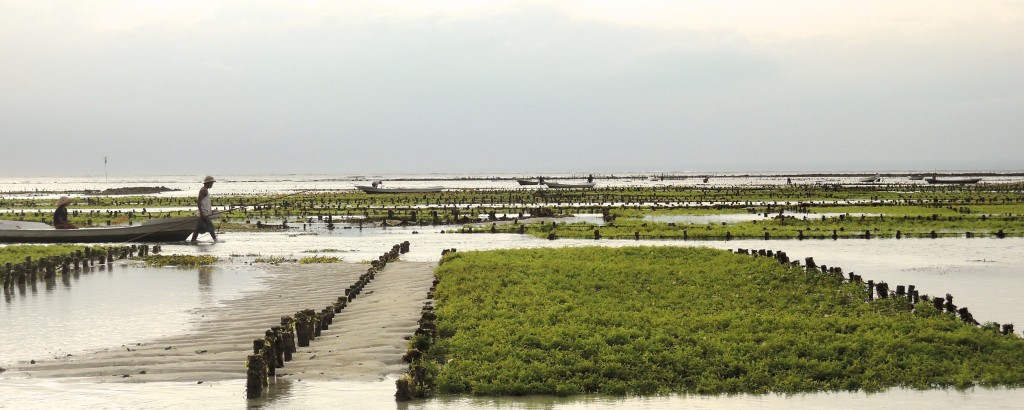
15 Dec Bali, Indonesia
Samantha Berdej (a), Derek Armitage (a), Arif Satria (b)
University of Waterloo, Canada (a), Bogor Agricultural University, Indonesia (b), smberdej@uwaterloo.ca
Key Messages
- Coastal and marine environments are socially complex, made up of diverse actors, interests and views.Bridging organizations are designed to cope with diversity in order to span these differences.
- Bridging organizations can be significant to enabling community voices and leadership in conservation efforts.
- Bridging organizations can help to generate conservation outcomes that are integrative and better reflect the full spectrum of actors and interests-inclusive of communities-in a given context.
Community Introduction
The Indonesia province of Bali is located in the westernmost end of the Lesser Sunda Islands, between Java to the west and Lombok to the east (Figure 1). It is situated in the southwest corner of the Coral Triangle, a region home to the highest marine biodiversity on Earth. The province supports close to four million inhabitants, many of whom are intimately linked to the sea as a source of livelihoods, food security and culture. Marine resources are a cornerstone of the region’s economies and societies, supporting activities such as tourism, local and commercial fisheries, ornamental fisheries and mariculture. Indonesia as a whole has the largest reef-associated population of any country in the world(1), making coastal communities here among the most vulnerable to current and future environmental changes.
This community story focuses on three sites: the Bali Marine Protected Area Network (head office located in the provincial capital of Denpasar), the Nusa Penida Marine Protected Area, and the East Buleleng Conservation Zone.
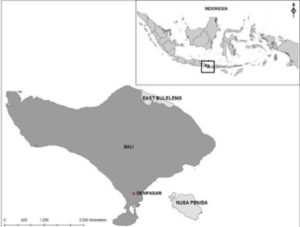
Figure 1: Map of local sites in Bali Province, Indonesia
Conservation and Livelihood Challenges
As elsewhere in Indonesia, Balinese waters face a combination of threats that include overfishing and destructive fishing practices, uncoordinated coastal development, sewage and garbage disposal at sea, dredging and reef channel development, and other damaging practices(2). Intensive utilization of coastal areas by different and sometimes competing interests has meant that the reality of coastal-marine conservation here is remarkably complex and the potential for conflict is high. Options for conservation in this region are confounded by the challenges of a still-evolving decentralization movement, and social, economic, and political complexities such as overlapping authorities, multiple interests and policy domains, and unresolved boundaries of customary tenure(3,4).
In light of these challenges, the success of conservation initiatives will depend in part on navigating the ‘messiness’ inherent in dynamic and socially complex coastal-marine environments. Innovative strategies are needed to facilitate collaborative and adaptive decision-making, and to better engage and integrate social dimensions such as culture, stakeholder values and local practices into conservation initiatives.
Community Initiative
Coastal and marine environments are of importance to a wealth of social actors and groups in Bali, such as local resource users, commercial interests, government agencies, NGOs and universities. Yet, in many cases actors do not interact with one another, and cooperation with regards to resource management can be poor. Furthermore, the presence of multiple actors with different interests implies significant trade-offs in the face of diverse, and potentially conflicting, objectives such as food security, livelihood development and biodiversity conservation.
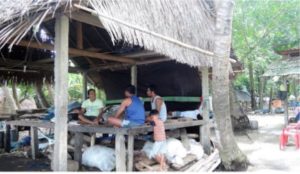
Figure 2: Members of the local fishing association in north Bali
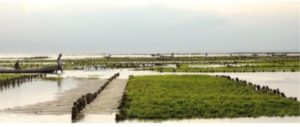
Figure 3: Seaweed farmers at low tide, Nusa Penida MPA (Photo: S. Berdej)
This situation can be improved through bridging organizations – independent entities that are designed to connect diverse actors or groups through some form of bridging process, such as knowledge-sharing(5).
Bridging organizations can contribute to a more balanced conservation effort through collaboration, communication and resource sharing – all of which include and resonate with local communities.
This community story focuses on five bridging organizations in Bali Province – four NGOs and one government entity. Each has adopted a series of roles and functions to ‘bridge’ diverse actors. Some of these roles include:
- Fostering social networks that cross scales (from community to international) and sectors (between fisheries, tourism and biodiversity conservation).
- Introducing and mobilizing outside ideas and expertise in community settings.
- Providing community groups access to outside resources (human, technical, financial).
- Building capacity and capabilities among different actors, including community groups.
- Fostering regional institutions and local leadership.
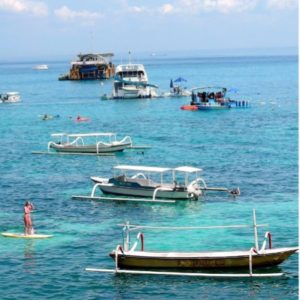
Figure 4: Multiple and overlapping uses in the Nusa Penida MPA (Photo: S. Berdej)
Practical Outcomes
Overall, bridging organizations are significant in navigating socially complex coastal-marine environments, leading to more robust and inclusive conservation outcomes. Their involvement in conservation efforts across Bali Province has resulted in a number of important insights for policy makers, managers and practitioners that are of relevance to developing and ongoing conservation efforts. We speak to some of these insights below, with specific attention to what they mean for communities.
Bridging organizations have helped to broaden and strengthen roles for communities in conservation. In facilitating key learning opportunities – such as ecology workshops or skills development – bridging organizations have improved community capacity in conservation planning, implementation, and monitoring/enforcement. For example, community members in the East Buleleng Conservation Zone have been trained in marine ecology and monitoring techniques, and have been certified in underwater diving to carry out autonomous coral reef monitoring. Some bridging organizations have also advocated and fostered local leadership (and not just involvement) in conservation processes by, empowering local institutions or embedding key community/traditional leaders on decision-making teams. Community-based organizations were created and supported to, for example, take on a majority responsibility in the implementation and management of Local Marine Management Areas in East Buleleng.
Through their involvement, bridging organizations have generated, or are expected to generate, more representative and integrated conservation efforts. Planning and decision-making in the Nusa Penida MPA and Bali MPA Network, for example, is carried out via multi-stakeholder management units composed of representatives from government, fishers’ associations, traditional council, community groups, tourism operators, NGOs and so on. These have produced conservation efforts – such as MPA zoning plans and management strategies – that better account for the wealth of actors and their interests.
Bridging organizations are positioned at the nexus of where actors meet and information flows, and so they are better able to bring together multiple interests and values, as well as engage in trade-off negotiations. In doing so, these organizations provide pathways and platforms for communities to more fully and meaningfully engage in conservation efforts that meet and sustain their needs. Conservation outcomes in these sites to-date have included management plans that reflect joint objectives for biodiversity conservation, livelihoods and community welfare; and zoning strategies that balance the needs of seaweed farmers, tourism operators, fishers, and culture(6,7).
The conservation of coastal and marine resources is a global issue with enormous implications for future human welfare. Bridging organizations can and do have a significant role to play here. In particular, the value of bridging organizations has been demonstrated to communities – in strengthening community voices in wider forums, empowering local leadership, and in helping to balance community needs with regional priorities.
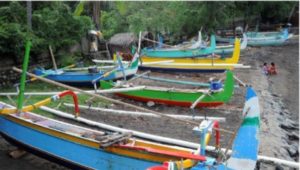
Figure 5: Fishing boats in north Bali – pelagic and ornamental fishing make up a large part of livelihoods here
References
Burke, L, K Reytar, M Spalding and A Perry. 2012. Reefs at Risk Revisited in the Coral Triangle. Washington, USA: World Resource Institute.
Mustika, PL, IMJ Ratha and S Purwanto. 2013. The 2011 Bali marine rapid assessment. 2nd English edition. RAP Bulletin of Biological Assessment 64. Bali Marine and Fisheries Affairs, South East Asia Center for Ocean Research and Monitoring, Warmadewa University, Conservation International Indonesia, Denpasar.
Welly, M., W. Sanjaya, D. Trimudya and W.G. Yanto. 2011. Profil Perikanan Nusa Penida, Kabupaten Klungkung, Propinsi Bali. Pp. 28.
Wardana, A. 2015. Debating spatial governance in the pluralistic institutional and legal setting of Bali. The Asia Pacific Journal of Anthropology, 16(2): 106-122.
Crona, BI and PN Parker. 2012. Learning in support of governance: theories, methods, and a framework to assess how bridging organizations contribute to adaptive resource governance. Ecology and Society, 17(1): 32.
Berdej, S and D Armitage. 2016a. Bridging organizations drive effective governance outcomes for conservation of Indonesia’s marine systems. PLOS ONE, 11(1), e0147142. doi: 10.1371/journal.pone.0147142
Berdej, S and D Armitage. 2016b. Bridging for better conservation fit in Indonesia’s coastal-marine systems. Frontiers in Marine Science, 3:101. doi: 10.3389/fmars.2016.00101
Acknowledgements
This research is being carried out with the aid of a Doctoral Research Award from the Canadian International Development Research Centre, a doctoral award from the Social Science and Humanities Research Council (SSHRC) of Canada, a SSHRC grant held by Dr. Derek Armitage as part of a Coastal-Marine Transformation Project, and support from the SSHRC-funded Community Conservation Research Network.



